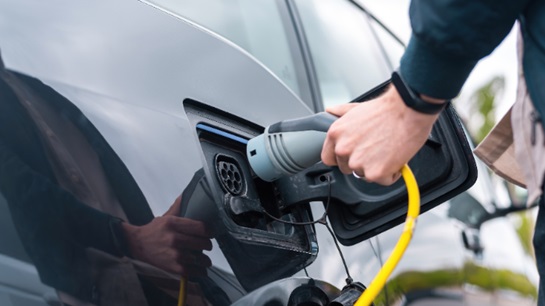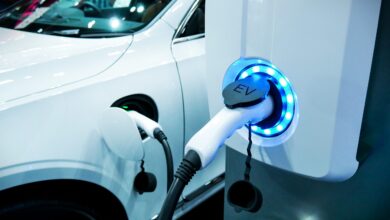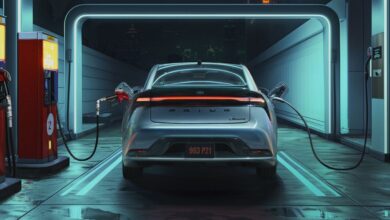Insurers face unprecedented disruption with rising electric vehicle adoption

Insurers should focus on the main risks as they adapt to the rapidly changing technologies and regulatory landscape around electric vehicles, according to Mr Ichiro Seino of Marsh Japan.
In a blog, he points out that despite a slowdown in 2023, EV sales continue to trend upwards, averaging 22% annual growth in Asia from 2024 to 2028 and projected to account for 63% of the 115m EVs to be sold worldwide over the next five years.
Keeping pace with rising EV adoption, the EV insurance market is also projected to grow from 64.18bn in 2022 to $687.62bn by 2029.
Mr Seino says that the key risks are:
1. Supply chain disruptions arising from geopolitical tension
Political unrest, trade wars, and sudden changes in trade policies can severely impact the import and export of essential automotive components and materials. For instance, the potential US ban on Internet-connected Chinese cars and attacks on ships in the Red Sea disrupting a major global shipping route exemplifies disruptions that can escalate costs, delay deliveries, and affect market supply.
2. Obstacles to global expansion arising from regulatory and people risk exposures
Apart from the US Inflation Reduction Act and the EU’s Net Zero Industry Act, automotive manufacturers can face additional obstacles to cost structures and profitability when navigating international trade agreements and tariffs. Additionally, expanding businesses must consider local labour market risks such as talent availability, cost, and compliance with local labour laws, which may evolve to protect local workforce interests or mandate certain pay and benefits, thereby impacting operational strategies and costs.
3. Heightened risks of product recall and liability around new automotive technologies
Product recall incidents may increase the adoption of new automotive technologies and components, but product liability is also a concern. For instance, lithium-ion batteries for EVs require unique safety precautions to prevent uncontrollable heat buildup.
4. Emerging and evolving cybersecurity threats arising from interconnected technologies
Interconnected systems and the reliance on digital platforms for operations and customer engagement means that automotive businesses, including EV charge point operators, are prime targets for cyberattacks, data breaches, and ransomware. ‘Smart vehicles’ may be susceptible to the hostile takeover of vehicle functions and control, posing severe safety and liability risks.
Seizing market opportunities
To remain competitive and profitable in this increasingly complex market, insurers require in-depth insights into automotive industry trends, as well as the agility and expertise to adapt their traditional coverage models. Here are four ways insurers can act to seize the opportunity:
1. Adapting to regulations: Insurers must anticipate and respond to regulatory changes in the EV industry, aligning their policies with new standards and requirements. Insurers can also proactively ensure Asia’s expanding automotive businesses meet compliance, transparency and accountability for the markets they seek to expand to/operate in.
2. Tailored insurance products: Specialised insurance products that cater to the unique risks of the EV industry can set insurers apart from the competition. This includes coverage for manufacturers, suppliers, and charging infrastructure providers. Close collaboration with risk advisors, insurance brokers, and industry stakeholders is crucial to designing robust risk transfer solutions with an optimal loss ratio.
3. Value-added services: Insurers can provide risk management services to help EV manufacturers and stakeholders mitigate risks.
4. Data analytics and telematics: Insurers can utilise data analytics and telematics to assess risk and personalise insurance coverage for EV owners.
To read the original blog, please click here.



